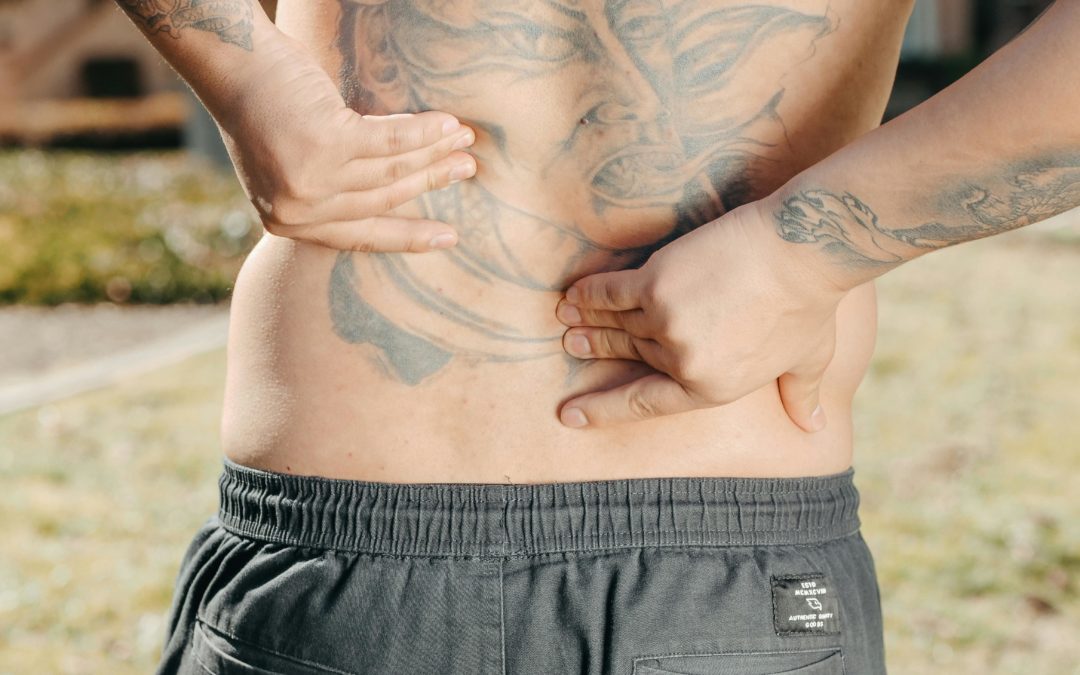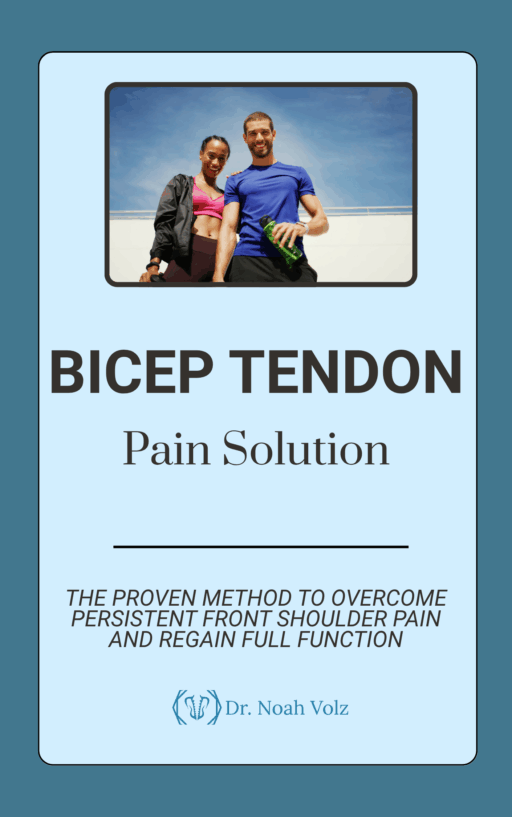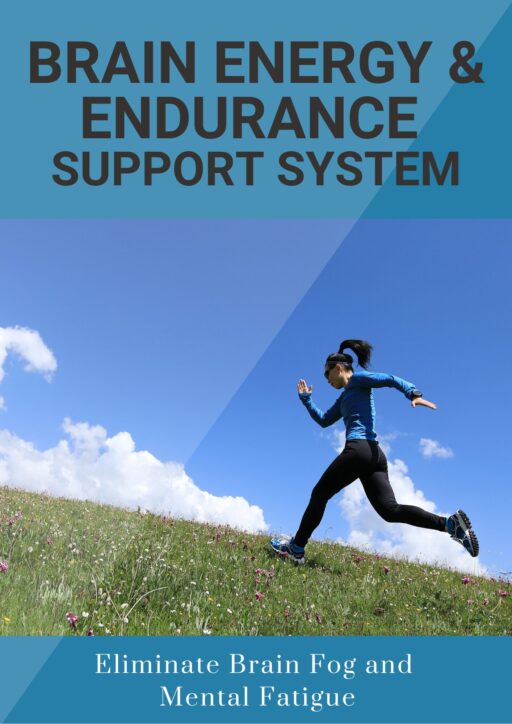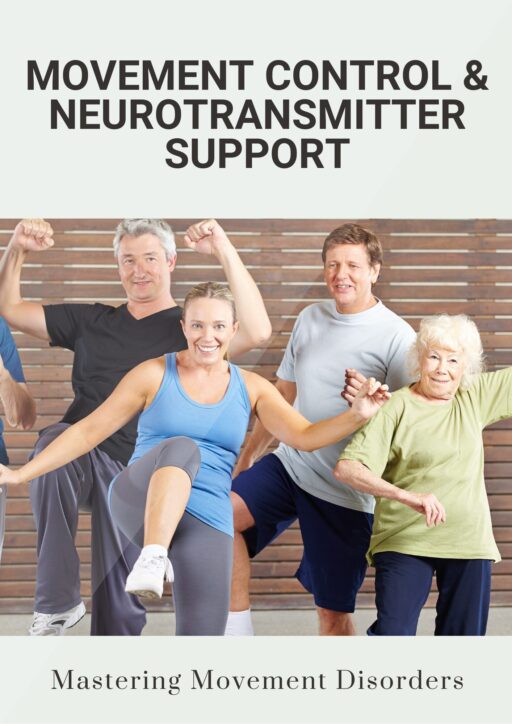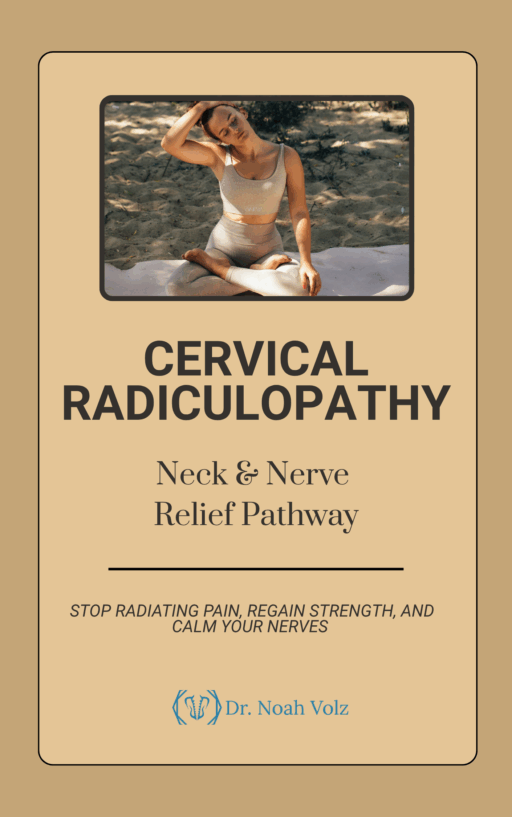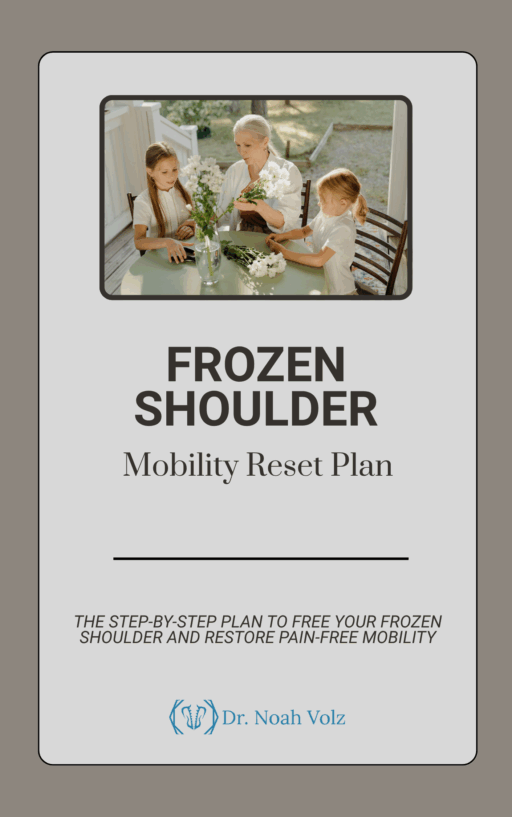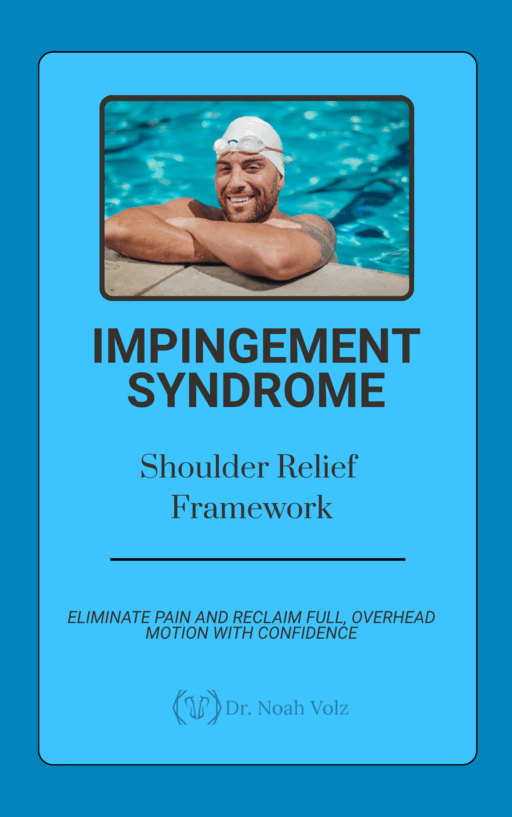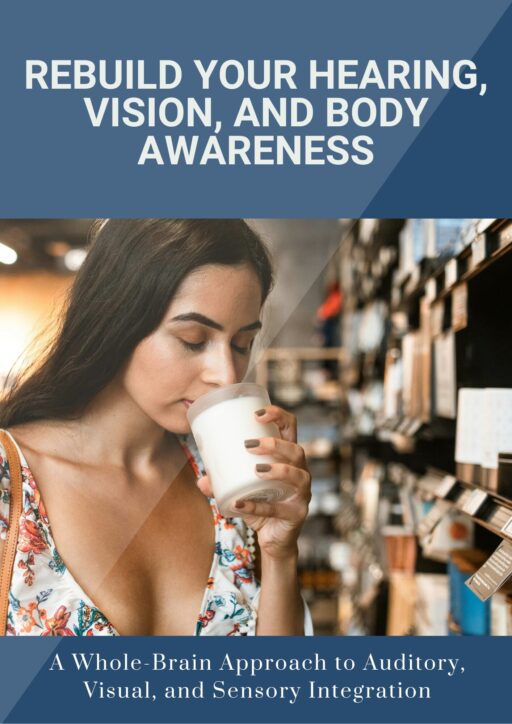Have you ever bent over to pick something up and felt a sudden, sharp pain in your lower back? Or maybe you woke up one morning with an achy, stiff back that made it hard to move? If so, you may have experienced a lumbar sprain or strain. These are two of the most common causes of low back pain, affecting people of all ages and activity levels.
At our chiropractic clinic in Ashland, OR, Dr. Noah Volz and our team have helped countless patients recover from lumbar sprains and strains. We understand how frustrating and debilitating back pain can be, and we’re here to provide the guidance and care you need to feel better and get back to your normal activities.
In this blog post, we’ll explain what lumbar sprains and strains are, what causes them, and what you can do to find relief and prevent future injuries.
What Are Lumbar Sprains and Strains?
Your lumbar spine, or lower back, is made up of five vertebrae (spine bones) stacked on top of your sacrum (tailbone). In between each vertebra is a spinal disc that acts as a shock absorber. Your spine also has ligaments that hold the bones together and muscles that support your back and allow you to move.
A sprain happens when the ligaments in your back are stretched or torn. This can happen suddenly, like if you lift something heavy or twist your back in an awkward way. Or it can happen over time from repetitive stress or overuse.
A strain, on the other hand, is when the muscles or tendons (which attach muscles to bones) in your back are pulled or torn. This can also happen suddenly or gradually over time.
Lumbar sprains and strains often go hand-in-hand, meaning you can have both at the same time. They’re most common in the lower back because this area bears the most weight and stress.
What Causes Lumbar Sprains and Strains?
There are many possible causes of lumbar sprains and strains, but some of the most common include:
– Improper lifting techniques
– Sudden twisting or bending motions
– Poor posture, especially while sitting or sleeping
– Weak core and back muscles
– Tight hamstrings and hip muscles
– Being overweight or obese
– Lack of regular exercise
– Repetitive movements, especially bending and twisting
– Prolonged sitting, standing, or driving
– Stress and muscle tension
Certain factors can also make you more prone to lumbar sprains and strains, such as:
– Getting older (muscles and ligaments tend to lose flexibility and strength with age)
– Having a previous back injury or surgery
– Participating in certain sports or activities that put stress on the lower back
– Having other health conditions like arthritis or spinal stenosis
What Are the Symptoms of Lumbar Sprains and Strains?
The symptoms of a lumbar sprain or strain can range from mild to severe, and they may come on suddenly or gradually over time. Some common signs and symptoms include:
– Dull, achy pain in the lower back
– Sharp or stabbing pain when moving or bending
– Stiffness and loss of range of motion in the back
– Muscle spasms or knots in the lower back
– Pain that radiates into the buttocks or backs of the thighs
– Difficulty standing up straight or walking normally
If the pain is severe, you may also have trouble sleeping, sitting, or doing your normal activities. In rare cases, you may have numbness, tingling, or weakness in one or both legs if the nerves are affected.
It’s important to note that while most lumbar sprains and strains will heal on their own with time and self-care, some may be a sign of a more serious problem. If you have severe pain, numbness, weakness, or loss of bowel/bladder control, it’s important to see a healthcare provider right away.
How Are Lumbar Sprains and Strains Diagnosed?
In most cases, lumbar sprains and strains can be diagnosed based on your symptoms and a physical exam. At our chiropractic clinic, Dr. Volz will ask about your pain, activities, and medical history. He’ll then do a thorough exam to check your posture, range of motion, muscle strength, and reflexes.
He may also perform some orthopedic tests to see what movements or positions make your pain better or worse. This can help identify which structures in your back are affected and guide your treatment plan.
Imaging tests like X-rays or MRIs usually aren’t needed for lumbar sprains and strains unless there are signs of a more serious problem like a fracture, herniated disc, or spinal stenosis.
How Are Lumbar Sprains and Strains Treated?
The good news is that most lumbar sprains and strains will heal on their own with time and self-care. But that doesn’t mean you have to just grin and bear it until the pain goes away. There are several things you can do to speed up the healing process and find relief in the meantime.
Some of the most effective treatments for lumbar sprains and strains include:
1. Rest and activity modification: Taking a break from activities that aggravate your pain, like heavy lifting or prolonged sitting, can help your back heal. But that doesn’t mean you should just lay in bed all day. Gentle movement and stretching can actually help reduce pain and stiffness.
2. Ice and heat: Applying ice to your back for 15-20 minutes several times a day can help reduce pain and inflammation in the first 48-72 hours after an injury. After that, heat may be more helpful for relaxing tight muscles and promoting blood flow.
3. Over-the-counter pain relievers: Nonsteroidal anti-inflammatory drugs (NSAIDs) like ibuprofen or naproxen can help reduce pain and swelling. Acetaminophen can also be effective for pain relief.
4. Chiropractic care: Gentle spinal adjustments, soft tissue therapies, and exercises can help restore normal motion and alignment to your spine, reduce muscle tension, and promote healing. Studies have shown that chiropractic care can be more effective than other treatments for acute low back pain.
5. Physical therapy: Learning specific exercises and stretches to strengthen your core and back muscles, improve your posture, and reduce stress on your spine can help prevent future injuries.
6. Lifestyle changes: Simple things like using good body mechanics when lifting, taking frequent breaks from sitting, maintaining a healthy weight, and managing stress can all help reduce your risk of lumbar sprains and strains.
In rare cases, more invasive treatments like injections or surgery may be needed if conservative measures aren’t helping. But for most people, a combination of self-care and professional guidance can help them find lasting relief and get back to their normal activities.
The Bottom Line on Lumbar Sprains and Strains
Lumbar sprains and strains are incredibly common, but that doesn’t make them any less painful or frustrating to deal with. The key is to listen to your body, give your back the rest and care it needs to heal, and take steps to prevent future injuries.
If you’re dealing with low back pain that’s not getting better with self-care, don’t hesitate to reach out to Dr. Volz and our team for help. With our comprehensive approach and individualized care plans, we’ll work with you every step of the way to help you find relief and get back to doing the things you love.
References:
1. Navar D, Zhou BH, Lu Y, Solomonow M. High-repetition cyclic loading is a risk factor for a lumbar disorder. Muscle Nerve. Nov 2006;34(5):614-22.
2. Cholewicki J, Panjabi MM, Khachatryan A. Stabilizing function of trunk flexor-extensor muscles around a neutral spine posture. Spine. Oct 1 1997;22(19):2207-12.
3. Casazza BA. Diagnosis and Treatment of Acute Low Back Pain. Am Fam Physician. 2012 Feb 15;85(4):343-350.
4. Globe G, Farabaugh R, Hawk C, Morris CE, et al. Clinical Practice Guideline: Chiropractic Care for Low Back Pain. JMPT Jan 2016 Volume 39, Issue 1, Pages 1–22.
5. Paige NM, Miake-Lye IM, Booth MS, et al. Association of Spinal Manipulative Therapy With Clinical Benefit and Harm for Acute Low Back Pain; Systematic Review and Meta-analysis. JAMA. 2017;317(14):1451-1460.
Want to know what kind of back pain you have?
-

Bicep Tendon Pain Solution
$50.00 -

Brain Detoxification & Recovery System
$50.00 -

Brain Energy and Endurance Support System
$50.00 -

Brain-Based Movement and Motor Control Training
$50.00 -

Centralized Low Back Pain
$50.00 -

Cervical Radiculopathy: Neck and Nerve Relief Pathway
$50.00 -

Complex Low Back Pain
$50.00 -

Complex Radiating Low Back Pain
$50.00 -

Cross-Pattern Low Back Pain
$50.00 -

Frozen Shoulder Mobility Reset Plan
$50.00 -

Impingement Syndrome: Shoulder Relief Framework
$50.00 -

Mastering Brain Senses: Rebuild Your Hearing, Vision, and Body Awareness
$50.00

